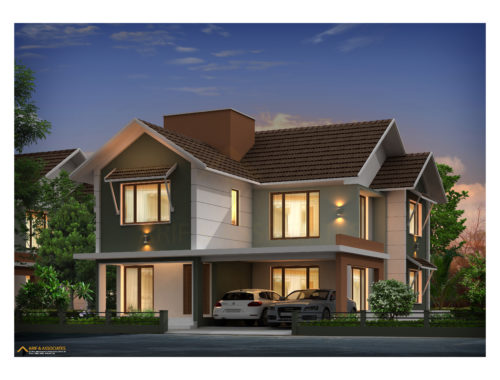Now the monsoons have come & rains have started. The question arises Have you insulated your home against “wet” yet?
Rains bring with them moisture to our homes, much to our discomfort. Moisture exists in the air around us which makes it easy for many molds & mites to thrive. Normally a 50 percent level of indoor humidity is usually considered a healthy level as it is comfortable for humans and it also discourages the growth of mites & molds in that environment. But what happens when your moisture levels cross that level?
Some moisture is essential in the air you breathe, but too much moisture in your home can cause problems. It can even lead to damage of the building. Structural wood may rot and drywall can swell. If moisture gets into your insulation, the insulation will not work as well as it should, and your heating and cooling bills will increase.
Moisture enters your home through rain, either falling on a leaky roof, wind-driven against a poorly-sealed wall, or collecting against (and eventually leaking through) the walls of your basement. The most noticeable are Roof leaks which must be repaired immediately. But rain coming through a wall is less visible, especially if it is a relatively small leak and the water remains inside the wall cavity. These leaks may occur around window or door frame, & can be repaired by replacing any missing or cracked caulking. Sump pumps may be used to handle rain seeping through the ground into your basement which may appear as damp, moldy walls. When moisture condenses inside a wall, mold and mildew grow in moist areas, causing allergic reactions and damaging buildings.
Roofing panels are made of polyurethane foam (PUF) sandwiched between layers of waterproof and non-corrosive material can be used to insulate the ceilings of houses. These pre-fabricated roofing panels are designed to withstand the forces of nature and the passage of time. They also effectively restrict the transmission of heat by 5-6 degrees, and absorb as well as reduce the noise of rain. These roofing panels are aesthetically designed, sound-proof and weather-resistant. Being corrosion-free, these panels require low maintenance and durable in nature, making them a cost-effective roofing solution.
Insulation boards help to keep floors, external walls insulated from heat/moisture ingress. They ensure an even temperature across the interiors. This insulation system is perfectly suitable for varying Indian climatic conditions.
So now no more waiting! Just go ahead & insulate your house against wet! Happy Monsoons…




No Comments